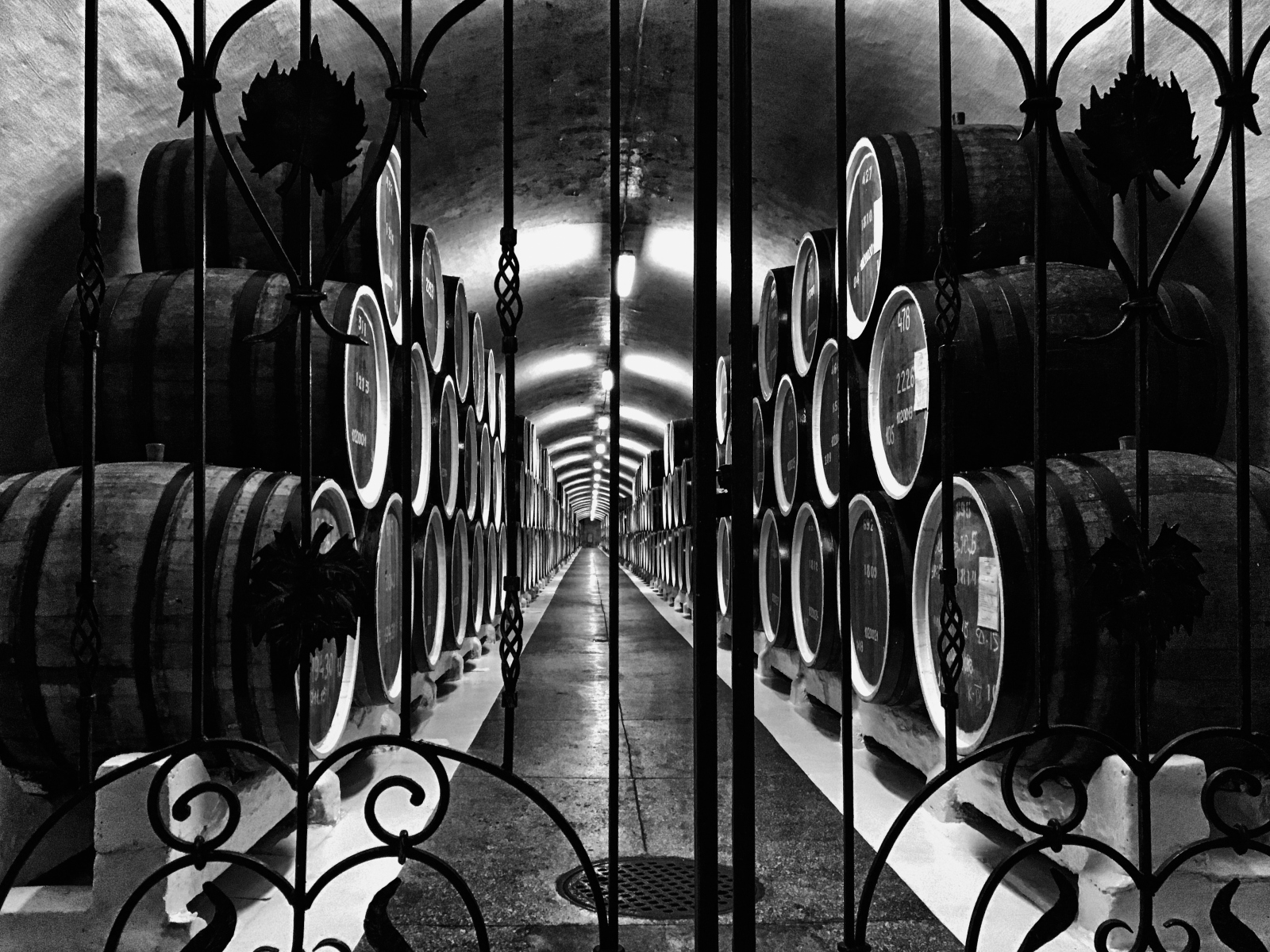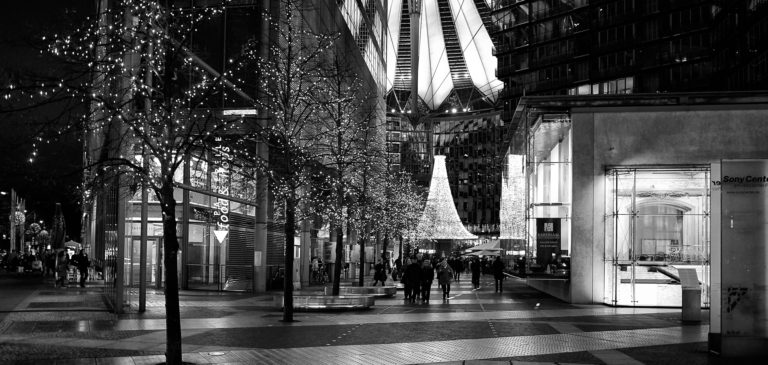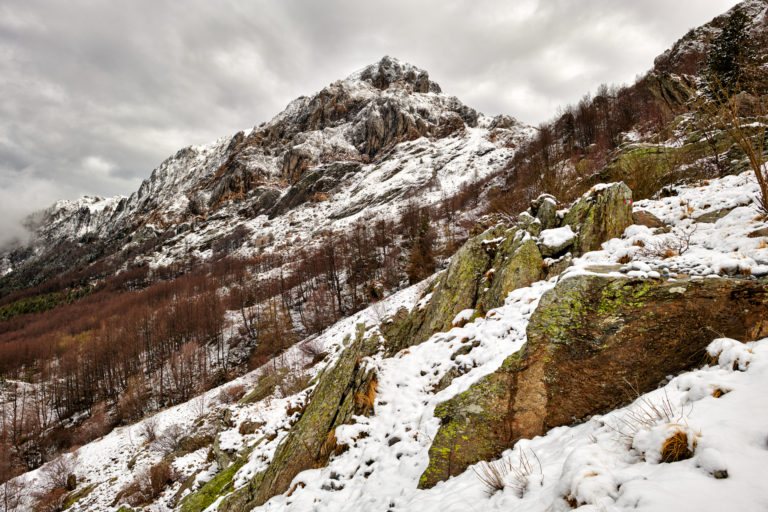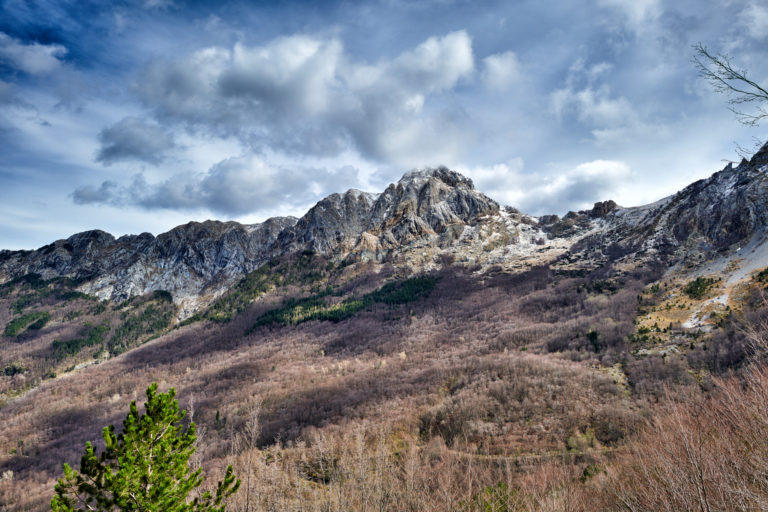What do we mean by fine art photography? Photography is a broad subject area, covering a multitude of skills. Should skill determine how we categorise photography? What about the intended use? Or the intended consumer? Perhaps the most popular method is to categorise images by subject matter — indeed, I use the same system for my own galleries. This is great but what it doesn’t address is purpose. The way I see it, there are three types of photography if categorised by purpose: commercial photography, documentary photography and fine art photography.
Commercial photography is the stuff of mail order catalogues, online stores, catwalks, architects and every vertical market that requires images to advertise and sell its products or services.
Documentary photography covers journalism, weddings, travel, social media and every other situation that relates to capturing images of people, things or events as they happen – i.e. a photographic commentary.
Fine art photography is different. I will come to why later. But, before we get into that, I would like to introduce an idea: there is a link that connects all three branches of photography to time and to reality — but not necessarily in the same way.
Time and reality
How do time and reality relate to photography? A photograph is, by definition, a snapshot of reality taken at a specific moment in time, isn’t it? The camera never lies. Yet we all know that it can and frequently does – sometimes by manipulating the composition, sometimes through our choice of on or off camera accessories, and sometimes in post-processing. What was true in the days of wet film still holds true in this digital age; perhaps, more so. So, let’s look at how time and reality affect commercial and documentary photography.
Commercial photography’s alignment with time and reality is loose, if compared to documentary photography. Whatever we see in the frame defines the story. If we could only see what is not in the frame, then the narrative might be entirely different. The goods must be enticing. That’s the reality of marketing. The professional photographer is adept at making sure that happens. Time, here, is unreal. Real life events frustrate the marketers. Projects, marketing campaigns, product launches, holiday seasons, and so on, all serve to frustrate the marketing agencies. They result in long timescales. The marketers want you to associate the image with a moment in time. A season, perhaps. It’s the photographer’s task to make sure that that is how it looks.
Documentary photography’s alignment with time and reality is stronger. That, after all, is the whole point of documenting. It is true that smartphone apps and social media have clouded the issue. Images are not difficult to alter. Is a manipulated image fake news? Society will be the judge of that but the purpose that lay behind taking the image in the first place remains that of recording something real that happened at a specific moment in time.
Despite the caveats above, commercial and documentary photography are both founded on the principal of showing something close to true likeness at a given moment in time.
How time and reality apply to fine art photography
Fine art photography turns the principal above on its head but first let me introduce some other concepts that are key to understanding what separates this discipline from the previous two.
Fine art photographers have a thirst for capturing images that exhibit the unexpected. They embrace the dramatic, and the emotional. They aim to be provocative and to raise questions. Their work is philosophical. At one end of the scale, the pursuit of each image is frequently requisite on great patience. The photographer might have to visit a scene time, and time again. They wait for the elements to align. A perfect moment. A moment when an image is not just what it is but what we imagine it to be. At the other end, there is the photographer who deliberately presses the shutter when everything is misaligned. A least expected moment. And from that moment comes an image never previously imagined.
As a fine art photographer, I am not interested in showing my audience what a storm in the mountain looks like but how it makes me feel. My close-up nature photography is not about showing the difference, or similarities, between one organism or another, it’s about challenging perceptions. Fine art photography is sensual, emotive, and provocative. It promotes discussion and challenges conventional interpretation.
Which brings us to fine art photography’s relationship with time and reality. In contrast to the other two types of photography, the moment in which an image is captured is not controlled by a time or a date in the diary but by the photographer – when, and only when, the moment is right. The reality that is captured is not simply a rendition of the subject itself but of the atmosphere and drama that is in play around the subject. The secret is in turning these seemingly nebulous elements into something emotionally and photographically tangible.
Needless to say there is crossover
Just because an image was born out of a commercial or documentary shoot doesn’t mean it can’t also be fine art. Many a wall is adorned with photographic art that started life as photojournalism or commercial architecture, for example. In fact, under the right circumstances, images from any of the types can fit comfortably into any of the other categories.
To twist Hegel’s words, photography that is not art is simply a means to an end. The photograph exists to sell, to document, to represent, to remember, to flatter – the list goes on …
But, when photography becomes art, it is an end in itself.



